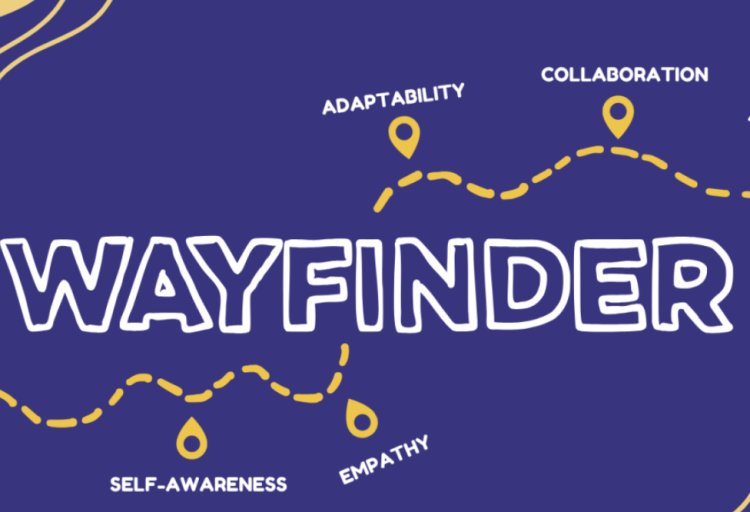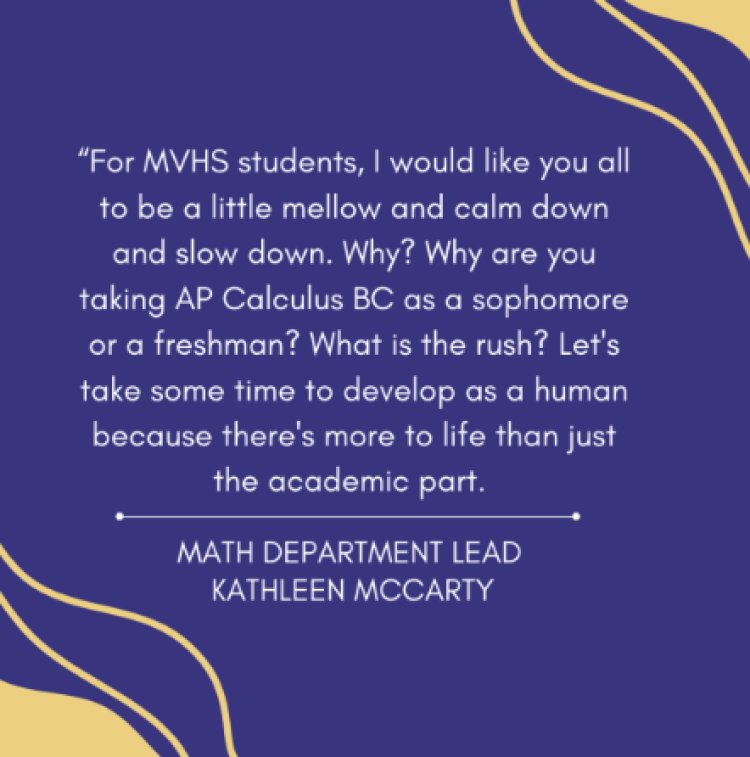Finding the way FUHSD implements Wayfinder to promote Social Emotional
Finding the way FUHSD implements Wayfinder to promote Social Emotional

The FUHSD administration has introduced Wayfinder, a Social Emotional Learning (SEL) resource, into the district's curriculum for educators starting in the 2024-2025 school year. Wayfinder, founded in 2015, aims to address the youth mental health crisis with an innovative approach designed to help students find purpose, a crucial remedy for mental health challenges. The company now operates in 65 countries worldwide.
According to Wayfinder’s Chief Customer Officer, Brandy Arnold, the curriculum, developed by CEO Patrick Cook-Deegan, is based on research-backed "6 Core Skills"—Purpose, Self-Awareness, Adaptability, Empathy, Collaboration, and Agency. These skills are taught through interactive videos, reflection questions, and engaging activities. Arnold notes that Cook-Deegan’s inspiration for Wayfinder stemmed from his observations of intense pressure and anxiety among students in Bay Area schools, including a troubling rise in suicides. Cook-Deegan recognized a gap in resources for teens dealing with these challenges and sought to create a supportive tool for their transition through this critical stage of life.
In the previous school year, MVHS School-Based Therapist Leila Lurie explored SEL curricula and identified Wayfinder as a strong candidate for FUHSD. She initiated contact with the company, leading to a year of testing, with several MVHS staff members piloting the curriculum in spring 2024.
AVID 11 teacher Sushma Bana, one of the seven pilot teachers, found Wayfinder to be a valuable addition. She appreciates its user-friendly design and the ease with which SEL activities can be integrated into daily lessons. Bana values the student-centered nature of the activities and plans to incorporate some into future department meetings as well.

Although Sushma Bana sees promise in using Wayfinder at MVHS, she believes that the platform’s effectiveness depends on thorough preparation. She has discovered that adapting Wayfinder’s curriculum to fit her teaching style and her students’ needs leads to better outcomes.
“If you want Wayfinder to make a real impact, it’s essential to prepare your lessons in advance,” Bana advised. “For AVID, I planned month by month and tried out three activities at a time. The slide decks can be overwhelming, so I customized the activities to fit our student population. It’s crucial to adjust and make changes to suit your classroom. Wayfinder is a great starting point because it eliminates the need to create everything from scratch.”
Like Bana, Clausnitzer hopes to use Wayfinder not only as a tool for emotional regulation but also as a platform for teaching students essential life skills.
“When discussing Wayfinder, we focus on purpose and belonging,” Clausnitzer explained. “Purpose provides motivation and perseverance, which helps combat depression and anxiety. Belonging is foundational because it creates an environment where students can find their purpose. Feeling a sense of belonging helps students engage more effectively in academic, social, emotional, vocational, and professional areas.”
Before the school year began, MVHS staff were introduced to Wayfinder in an informational meeting led by Arnold. Staff participated in Wayfinder activities and learned to navigate the platform. Math Department Lead Kathleen McCarty is eager to integrate Wayfinder’s curriculum and goals into her AVID 9 and AP Statistics classes this year. McCarty views Wayfinder as an opportunity to build community in courses that traditionally focus less on relationships and to offer students a broader perspective on life.
“I hope Wayfinder helps us connect on a more human level, making us more self-aware and reducing stress,” McCarty said. “I want MVHS students to slow down and reflect on why they are pushing themselves so hard academically. There’s more to life than just academics; it’s about developing as a person.”
While Bana shares McCarty’s enthusiasm, she acknowledges potential challenges in implementing Wayfinder, especially the misconception that SEL curriculums are only suited for humanities courses. Her experience shows that SEL techniques can be beneficial in STEM courses as well.
“Often, we ask, ‘What can math and science teachers do?’” Bana said. “Our subjects don’t always address personal experiences or feelings, but there are ways to integrate SEL even in STEM. It’s important to remember that, despite the content, we’re teaching people. This is a reminder not to get so caught up in the material that we forget the human aspect of teaching.”
Clausnitzer acknowledges that Wayfinder is still in its early stages but believes it holds great potential for MVHS and FUHSD.
“The wellbeing of our students is crucial, and giving them the right tools is essential,” Clausnitzer said. “While no single initiative will be perfect, it’s valuable to try new approaches. Wayfinder represents a commitment to moving beyond the status quo and exploring innovative solutions for our school community.”







